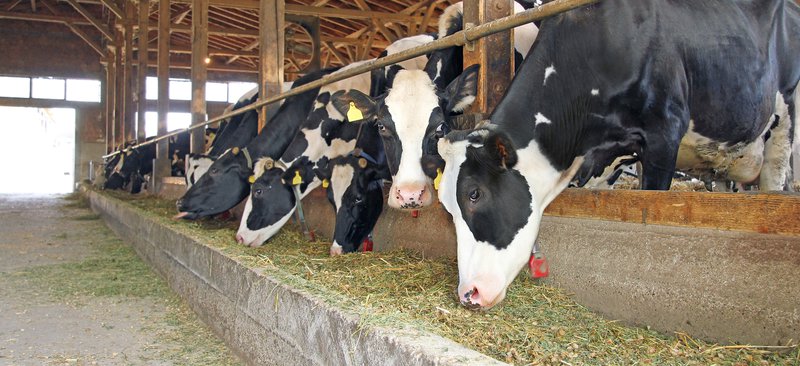As we start to see more frosty mornings and day length slowly starts to increase, the reality that Calving season is upon us sinks in. Long days in the cold, checking cows, collecting calves, and getting cows into the milking shed are here.
It is at this time that, despite being super busy, planning needs to be added to the never-ending list of chores to ensure everything gets the best possible opportunity to provide a return on investment.
This starts with the Cows: After calving she is ready and wanting to produce milk. To do this, she needs to be fed as much as possible. Over the first 10-20 days her rumen capacity is limited (because of lower feeding levels over the dry period and less gut space due to having a 30-45kg calf in the gut cavity) so it’s vital to try and provide the highest quality feed to fully meet her milk nutritional requirements. If you don’t meet her requirements, she ends up stripping body weight, or reducing the possible volume of milk produced.
Feeds like grass silage don’t provide what she needs. It is generally lower ME, lower protein and is effectively like trying to run a high-powered drag car on regular unleaded fuel. It will still run but it won’t perform as well as it could. This silage will be better held and used when the cow has a higher intake level and other feeds (like pasture) might be limited, for example during summer.
Stored winter pasture on the milking platform is also going to be lower quality than a Spring pasture, so be mindful of what you are feeding. This pasture must be eaten to allow for Spring growth and failing to harvest it well impacts the quality of the pasture in the second and future grazing rounds.
The key here is to ensure you top up with the highest quality feeds (products with lower NDF% and higher digestibility are key), this will help to utilise the stored pasture, while also helping the cow produce as much milk as possible.
The first 3 months of feeding is where the greatest economic returns can be achieved.

Setting
up the cows for the season ahead and ensuring that you utilise all the
available feeds you produce is the highest priority for everyone, it’s
also where you can make the biggest economic impact on your business.
Making silage is a necessity as it’s a way of maintaining pasture
quality and provides a valuable ‘filler’ feed when cows are short of
volume of feed. Overall, the key is to ensure that cows are fully fed. A
cow that is fed to capacity everyday (if balanced and meeting her
production requirements) will get back in calf quicker, will produce
more milk & will reduce overall animal health costs.
By feeding quality, rather than filler type feeds, as a base line or top up for the cow will see benefits for both production and pasture utilisation & quality over the grazing round.
The team at Castlegate James are happy to visit on farm and discuss feeding options, review current feeding programs, and suggest options to assist you to produce more milk, and most importantly utilising your pasture to maximum benefit.
We understand the benefits of feeding and ensuring that our clients can maximise the utilisation of the feed they grow as well as the best possible ‘long term’ response for your business. At Castlegate James, we value long term, productive relationships where our clients can grow and prosper.
All the best for the coming season,
Kind Regards
Greg Pillar.